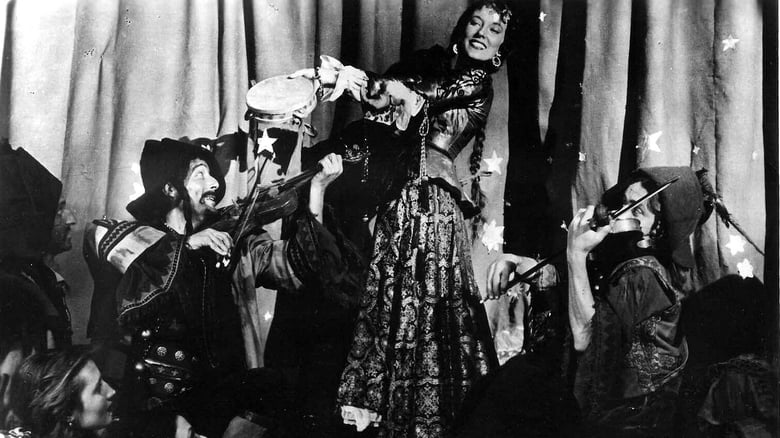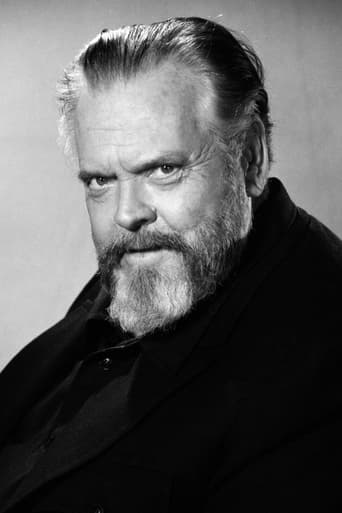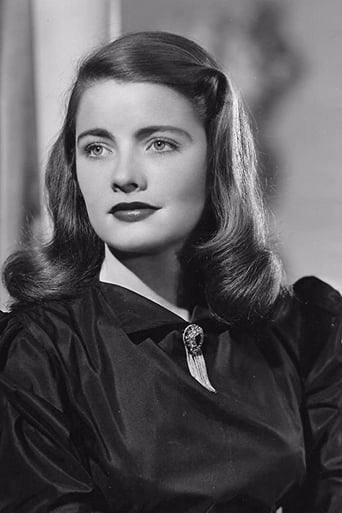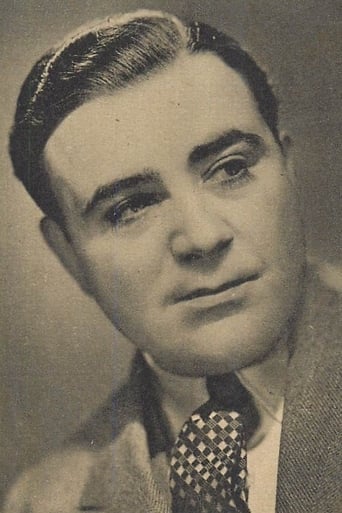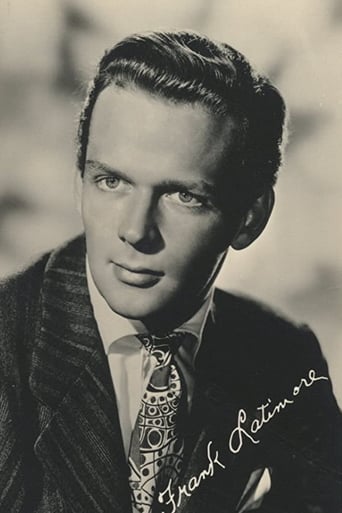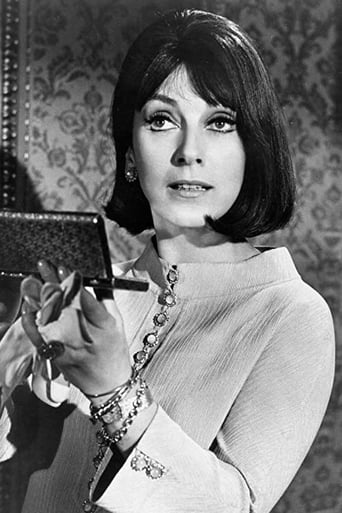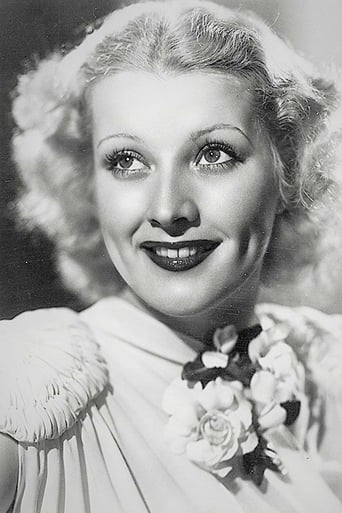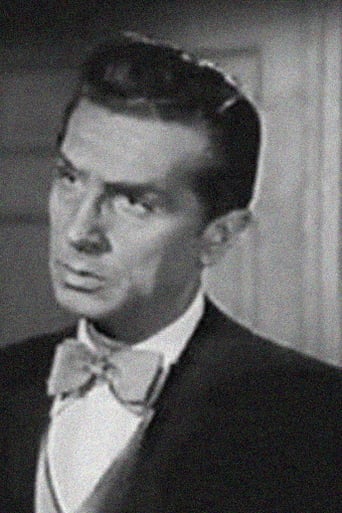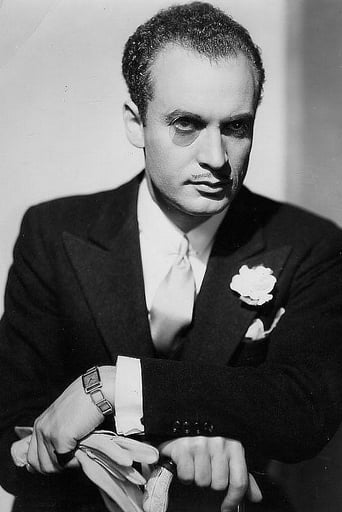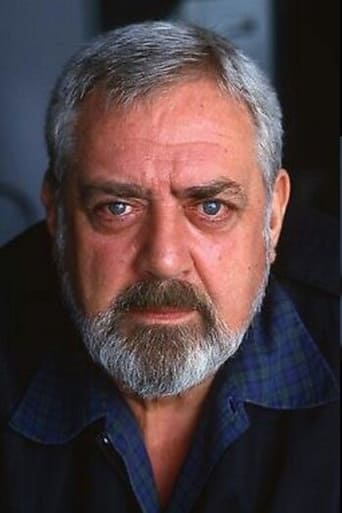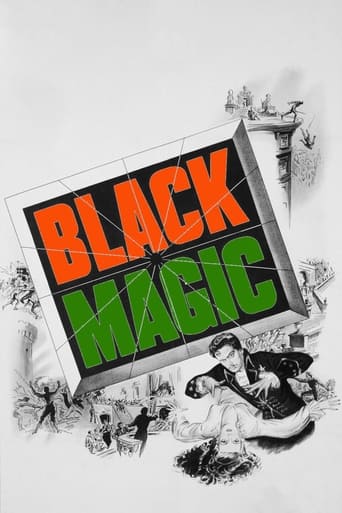
Black Magic
August. 19,1949 NRA hypnotist uses his powers for revenge against King Louis XV's court.
Similar titles
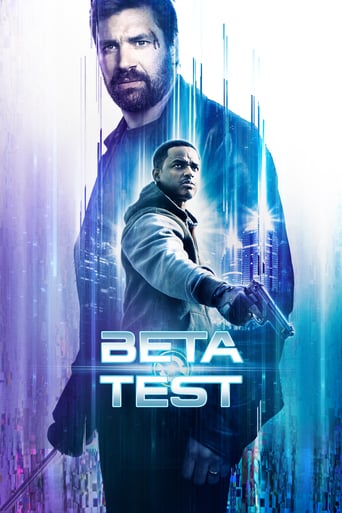
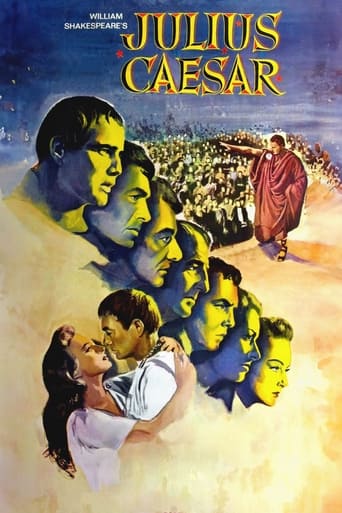
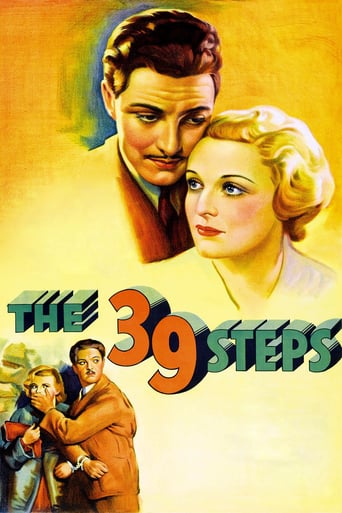
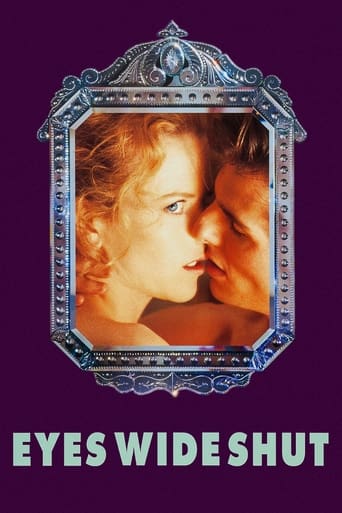

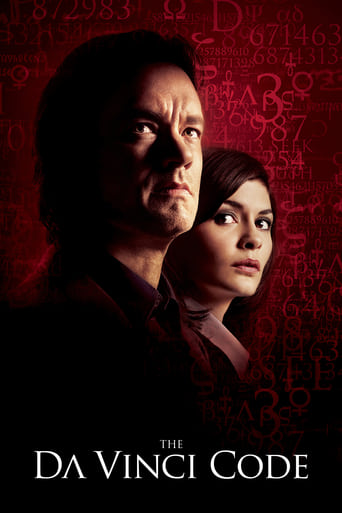
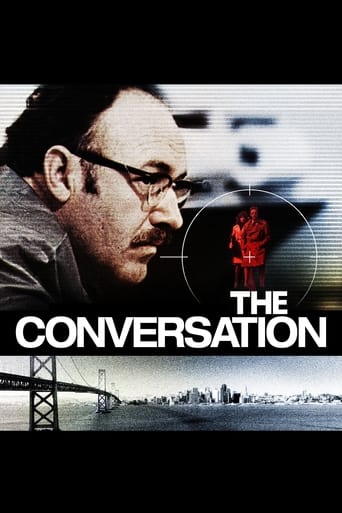
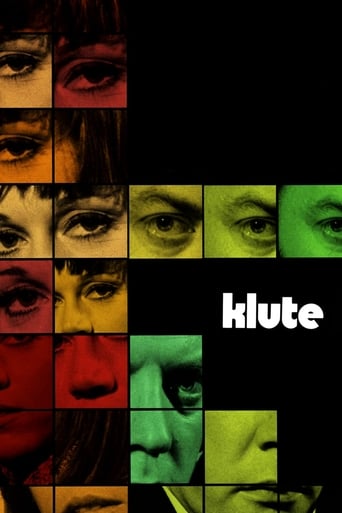
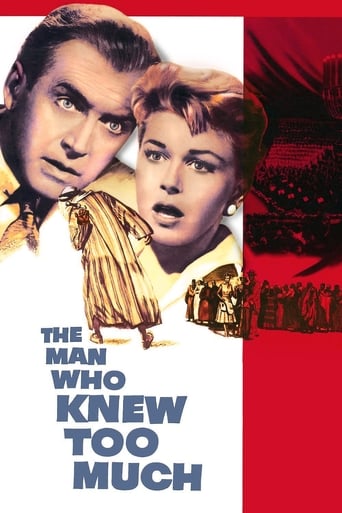
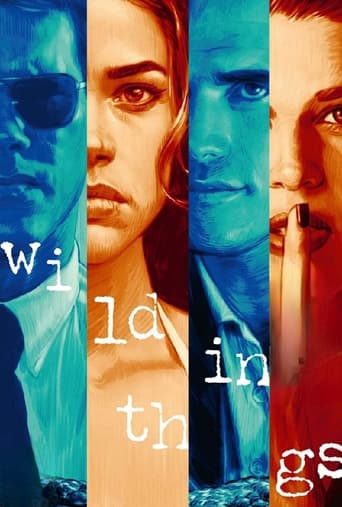
You May Also Like
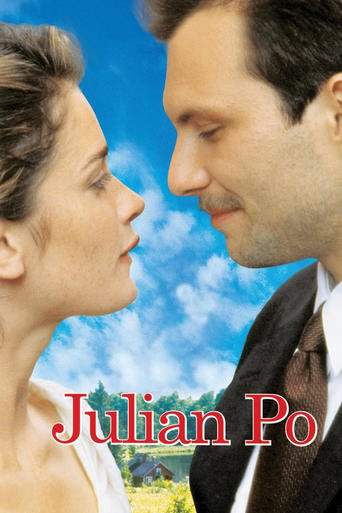
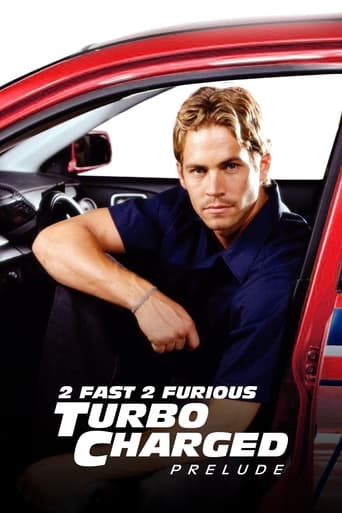
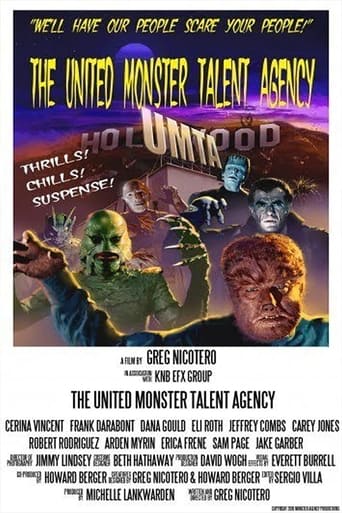
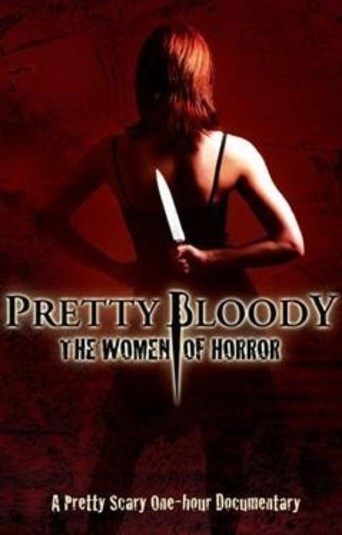
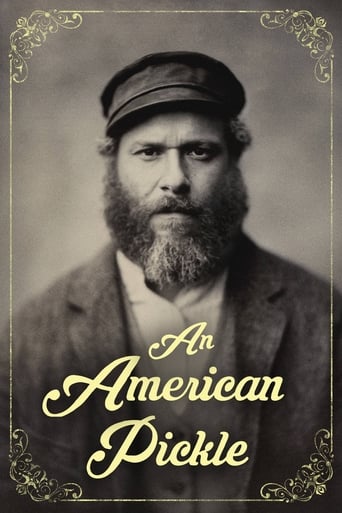
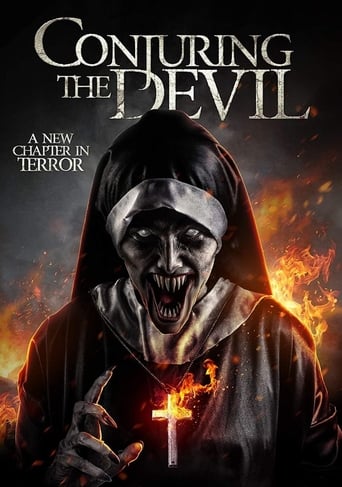
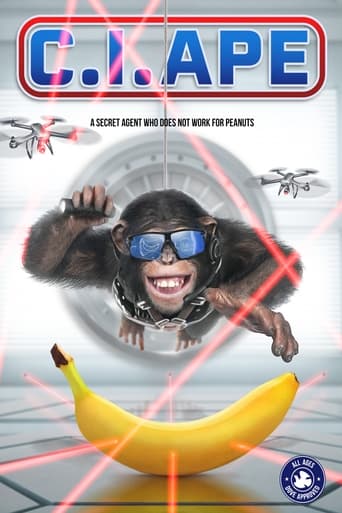
Reviews
Sadly Over-hyped
Fresh and Exciting
The film makes a home in your brain and the only cure is to see it again.
The movie turns out to be a little better than the average. Starting from a romantic formula often seen in the cinema, it ends in the most predictable (and somewhat bland) way.
During his lifetime Orson Welles appeared in many films of other directors to earn money to finance his own projects. Some of those films were horrible, some contained some of his best performances. I always have felt his best performance in a non-Welles film is in Compulsion. Many would hold out for The Third Man. But I think some would say that his portrayal of Cagliostro the great mountebank of the 18th century would get a few votes.The opening scene and dialog with Berry Kroeger and Raymond Burr as Alessandro Dumas Senior and Junior is an interesting well acted scene. Kroeger has set out to write a novel based on Cagliostro, but he cannot get a handle on the character. A common complaint with authors trying to reach a goal.The real Cagliostro's character would probably rate a mini-series. This guy was some piece of work. The affair of the diamond necklace as portrayed here was only one chapter in Cagliostro's life. Failing as the senior Dumas said he was doing he wrote a novel with some plot elements from previous work like The Three Musketeers and The Man In The Iron Mask.As a child Joseph Balsamo aka Cagliostro saw his gypsy mother executed for practicing black arts by Stephen Bekassy the local prefect, a skill which he inherited. His natural abilities as a hypnotist were developed with study under Dr. Mesmer played here by Charles Goldner. But like characters in stories involving superheroes Orson Welles as the grown up Balsamo now stylizing himself as Cagliostro is ready to make a name for himself.Bekassy has also risen in power and influence and he's got some intrigue going. Welles whom he does not recognize is part of his plan, but Orson has some plans of his own.Part of those plans involve Nancy Guild who plays the dual role of a girl from out of town and the Queen of France herself Marie Antoinette. Guild does equally well as the girl in love with soldier Frank Latimore the nominal hero of the film. As Marie Antoinette she's not as noble as Norma Shearer in the same part, but no doubt she's royal personage used to royal prerogatives. I do love the scene where Guild gives Madame DuBarry played by Margot Grahame the old fashioned heave ho.The real Cagliostro died in 1795 surviving the King and Queen of France and he left the mortal coil in Rome. But Black Magic is the kind of film that makes you wish what happens here is true. Orson Welles has so many emotions working at once in the title role, greed, revenge, lust and a spark of a little boy whose mother was taken from him. Note also good performances by Akim Tamiroff and Valentina Cortese as the gypsy confederates of Cagliostro. Cortese is carrying one big old freedom torch for Welles, but he's no time for her, eyes on the prize as it were the prize being the power behind the throne of France.Quite a few people will see Black Magic as Orson Welles's best performance in a non-Orson Welles film.
A real film for the connoisseur. Welles agreed to play the main role of Cagliostro provided he could direct his own scenes himself. Extraordinarily, Ratoff agreed to this remarkable proposal and so we have one of the most astonishing films ever made. In fact, Welles directed only the actual shots and camera set-ups in which he personally appeared. Of course, as he had by far the biggest part in the film, there were a great many of these, but he did not necessarily direct whole scenes — where the camera was focused exclusively on other players within the scene, these shots were directed by Ratoff — an arrangement which must have given the film editors nightmares, as the two directors had totally different visual styles!Things worked well when Welles had the camera glide after him as, dressed all in black, he wended his way through the crowded salons and antechambers of the palace, and the subsequent audience where Ratoff directed a few innocuous reaction shots of the king laughing; but in the trial scene where straightforward shots of the wigged judges are intercut with weirdly-lit reaction shots of Welles, things worked less well (the weird lighting on Welles seemed also to emanate from no natural source); though later on, the use of a subjective camera, during Mesmer's hypnosis, was more happily integrated. And as for the climax, Welles has directed this with typical passion and fury, topping the somewhat similar denouement in "The Stranger".As usual, Welles the director is masterfully in command of Welles, the actor. His is rightly the most powerful and engrossing performance in the film. Welles' influence extended to the other players in his scenes. He has turned Nancy Guild into a sort of wax doll, which contrasts well with her spirited portrayal of the vicious Marie Antoinette in her Ratoff-directed scenes (as she plays a dual role, it was certainly a masterful touch having a different director for each!) Incidentally, it is pleasing to note that this film continues a not uncommon practice in European films of having the same actor play in disguise two entirely different and separate roles — a practice that is virtually unknown in Hollywood. Stephen Bekassy is at home in his role as the villain, Margot Grahame makes a realistic study of DuBarry. Just about all the roles, in fact, are judiciously cast.The script abounds in nice realistic touches like Louis fixing his clocks. However, the film suffers from some unfortunate additional scenes and dialogue contributed by Richard Schayer. The most ridiculous of these is an absurdly-contrived framing Prologue in which young Alexander (sic) Dumas (played by Raymond Burr of all people — he seems excusably ill-at-ease in the part) visits his father. A casual reference to "Camille" is dropped into the conversation with as much subtlety as a bomb at a tea-party, while Dumas Senior (Berry Kroeger in an odd-looking wig) makes some equally clumsily-contrived allusions to "The Three Musketeers" and "The Count of Monte Christo"! The direction here is as leaden and routine as we usually expect from Ratoff. However he does improve as the film progresses, though both he and actor Goldner can do little with the absurd contrivance of having Mesmer of all people volunteer as an advocate for the Crown in the final trial scenes.It is obvious that Welles has prevailed upon Ratoff to let him direct some of the crowd scenes. These are directed with bite and fury and with a pictorial and editorial extravagance (some shots of enormous hordes of people are on screen for less than two seconds) rare to the American cinema. Also, there are some exciting montage routines using Cagliostro's luminous eyes as a focal point. Production values are exceptionally lavish, with atmospheric photography, vast, picturesque sets, attractive costumes and eye- catching use of natural locations.
Trivia Question: What role was played (in the movies) by both Orson Welles and Zero Mostel? Answer: Joseph Balsalmo, a.k.a. Cagliostro, the charlatan magician who was a leading social figure in Europe in the 1780s and early 1790s. Mostel, early in his film career, played the imposter in DU BARRY WAS A LADY, opposite Red Skelton and Lucille Ball. Welles played the role in BLACK MAGIC, a more serious film based on one of Alexander Dumas Pere's innumerable historical fables.Basically, the film follows the rise and fall of Cagliostro, building up his tangential involvement in the notorious "Affair of the Diamond Necklace" (1785) which has been the subject of a serious film two years ago. Cagliostro was arrested in that affair's investigation, as the actual culprit was smart enough to lay a path of clues pointing to his involvement.He was released at the conclusion of the investigation (and banished from France). This movie puts him into the center of the plot, his hope being to use it to discredit the Bourbons and take over the country (in reality he would not have gotten anywhere near such a situation - his own aristocratic associates would have prevented it). Welles does nicely as the power-intoxicated anti-hero, but the plot is so ludicrous that it is hard to believe what's going on. But, come to think of it, the affair of the Diamond Necklace itself was pretty ridiculous, so who should complain.There seems to be a cottage industry among film scholars to try to expand the films of Welles that he directed. For the record he directed CITIZEN KANE, THE MAGNIFICENT AMBERSONS, IT'S ALL TRUE, THE STRANGER, THE LADY FROM SHANGHAI, MACBETH, OTHELLO, CONFIDENTIAL REPORT/MR. ARKADIN, TOUCH OF EVIL, THE TRIAL, CHIMES AT MIDNIGHT, F IS FOR FAKE, and two television films: THE FOUNTAIN OF YOUTH and THE IMMORTAL STORY, all of which he completed except for IT'S ALL TRUE (which has since been somewhat preserved and edited, and is on video). He also had a hand in JOURNEY INTO FEAR, MONSIEUR VERDOUX, and THE THIRD MAN. There are some films he directed that (for one reason or another) were never cut or released: DON QUIXOTE, THE OTHER SIDE OF THE WIND, and one other that had to do with people on a sinking yacht. Roughly 21 movies. For a major cinema talent it is a pitiful number (only the French director Jean Vigo is of Welles' stature and did less - but Vigo died prematurely after making three films). So it is understandable that Welles' myriad of fans would want to expand his filmography. But is this actually wise.If one could show Welles' involvement in a film it is a plus to his reputation and that film. Take MONSIEUR VERDOUX. Chaplin had to put down credit that Welles' gave him the idea for VERDOUX - actually Welles suggested doing a film with Chaplin as Henri Landru (the actual wife murderer Verdoux is based on) and Chaplin said no but took the story and turned it into the greatest black comedy film made before DR. STRANGELOVE. People pass ideas back and forth all the time. There is no evidence that Chaplin asked Welles to suggest camera angles or look over the script (Chaplin was brilliant enough to handle that by himself). But it is mentioned in the film credits that Welles suggested the idea for the film. Enough said for that reason.There is no screen credit for Welles assisting Gregory Ratoff in directing BLACK MAGIC. Perhaps there is a reason for this - Welles may have accepted this for tax reasons (he had large tax problems in the U.S. after 1946 when a Broadway production of AROUND THE WORLD IN 80 DAYS with music with Cole Porter flopped). Or perhaps because of industry word that he was an unreliable film director who went over budget (his most successful film was THE STRANGER, which is also one of his least Wellesian in structure or special touches). Or, Welles may have noticed the film was not that particularly interesting or good. It isn't. It is rather padded, and has only one curious element in it: Welles or Ratoff had most of the cast play two roles each. That is a curious innovation, but hardly worth noting. The same year that Welles or Ratoff did that on Black Magic, Alfred Hitchcock did his famous nine minute static scene takes in ROPE. Although not a great idea, it was innovative, and most people recall that film for that particular innovation. Hitchcock also made DIAL "M" FOR MURDER in 3-D, with more success than most directors. But then Hitchcock was a better director than Ratoff.Welles and his friend Akim Tamiroff do well in their juicy parts, but not so the other performers (although the role of Dr. Anton Mesmer is of some interest). As a result the film is fairly forgettable. Which would be a good reason not to include it in a list of Welles' films that he directed. Keep his own work under his own name. Hopefully more of the cut scenes from his own films will eventually get restored. Even to THE STRANGER, but (from our words to God's ear) most hopefully for AMBERSONS.
I saw this movie as a boy and it lingers after nearly fifty years as a haunting memory. It may be what we now call noir, but the twinkle in Welles' eye also lingers, suggesting a gris texture. That twinkle is the same that Harry Lime (cine verde?) flashed to Holly Martin in the alley scene of The Third Man (which was also made in Europe in 1949).Cagliostro was a brilliant montebank, alchemist,poseur and rascal of the first order. Welles gave him credibility, perhaps recognizing a kindred spirit down the centuries. I still remember the dark, cobbled streets and slick rainy roof tops of eighteenth century European cities -- scenes also not unlike the ones in The Third Man. The ending, I remember, was also bitter sweet.I wish that those who produce lesser know classics for DVD restoration might see this "foreign" movie; it is obviously available somewhere since there have been other reviewers. If they chose it I could have my childhood Madeleine experience, and others would have another Welles film to compare with the finite now available.
Top Streaming Movies











